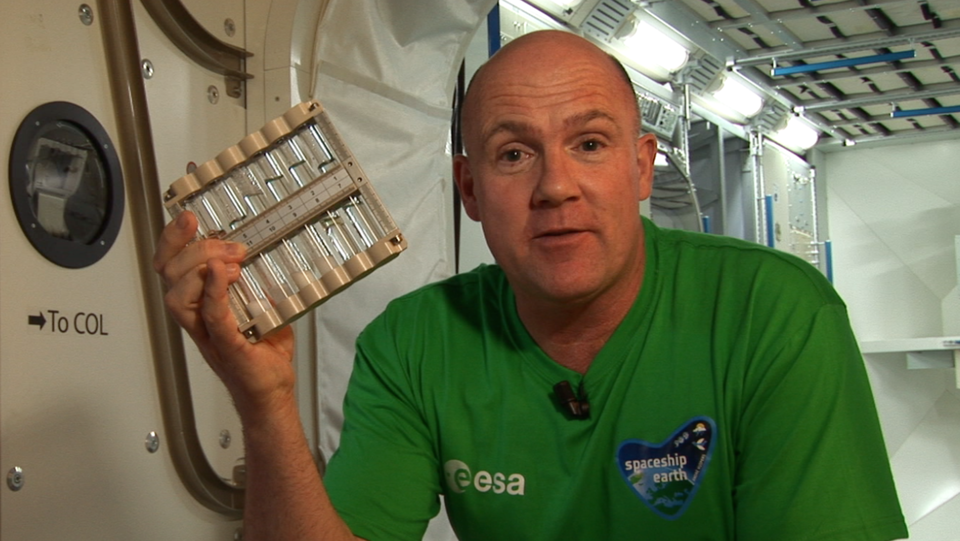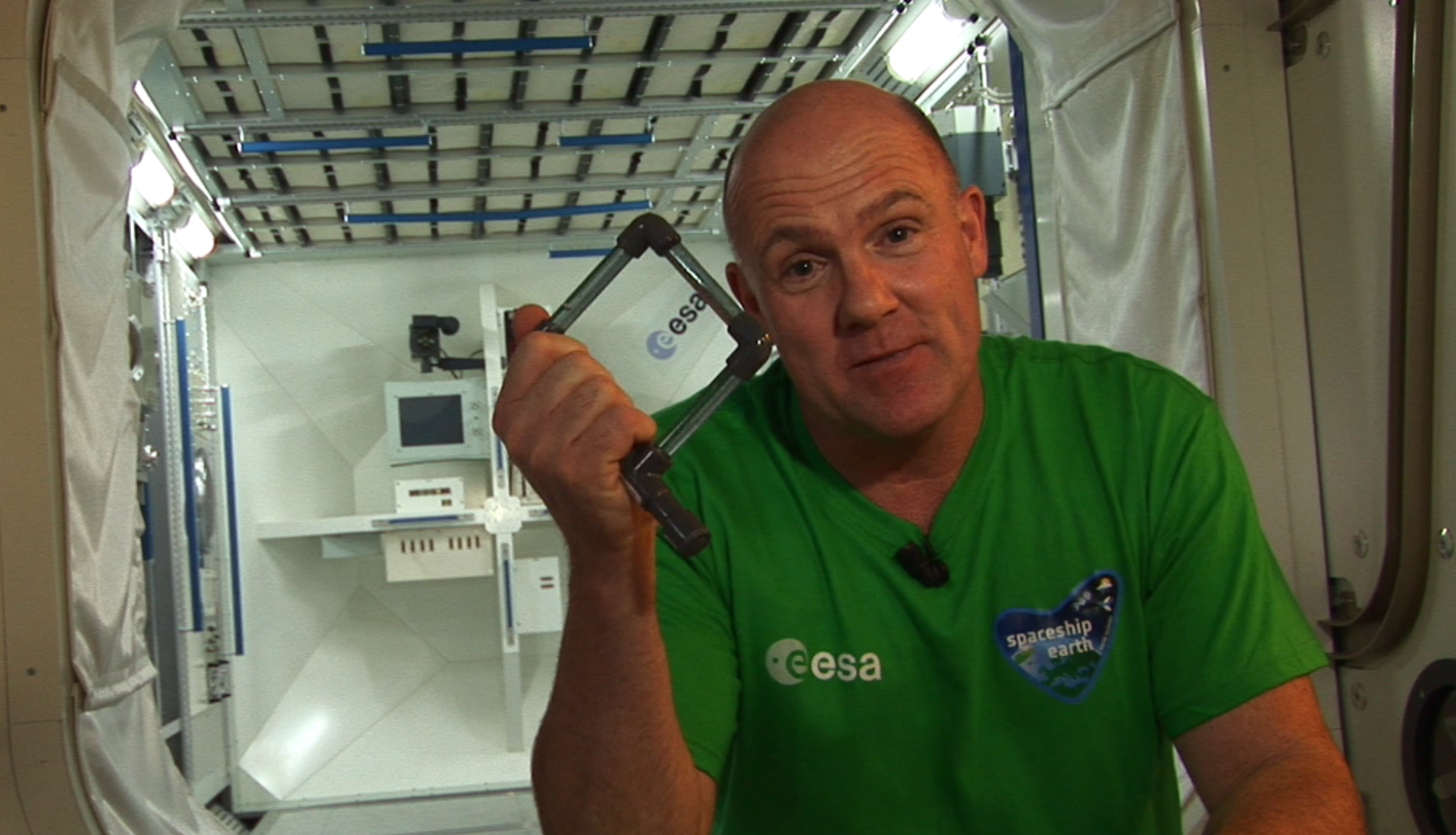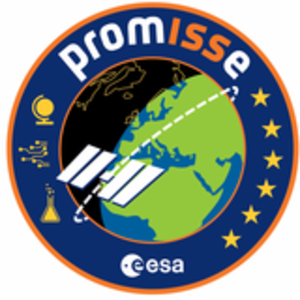Space oddities to teach science
When liquids and bubbles are in space, odd things start to happen. ESA astronaut André Kuipers is taking schools across Europe on a microgravity waltz to learn what is behind seemingly simple phenomena such as convection and foams.
Space oddities on the International Space Station will help thousands of schoolchildren to realise that the consequences of the laws of physics running our Universe can be complex – and on Earth they are not the same as in the Station’s weightlessness.
Armed with two ESA educational experiments during his PromISSe mission, André is inviting students aged 10–14 to share his scientific adventure.
Children across Europe have the chance to follow these ‘Take Your Classroom into Space’ experiments with André as part of the ‘Spaceship Earth’ educational programme.
Playing with microgravity

Young scientists on Earth can run their own identical experiments on the ground and make their observations while André does his on the Station.
‘Convection’ illustrates how thermal gradients drive convective currents. On the scale of a planet, this is how temperature gradients influence density-driven convection and create currents in the atmosphere and oceans.
A simple device shows how heat affects the density of liquids and the role that gravity plays in distributing the heat.
By grasping the convection loop on one side, heat from the hand is enough to drive a convective current within the loop in Earth’s gravity.
On the Space Station, though, things might be different.
‘Foam Stability’ highlights the properties of wet foams and how gravity influences their stability.
On the Station, foams are free of gravity’s effects. Up there, it is possible to form very stable foams from pure water – rarely seen on Earth.
André will show students how foam is created from pure water in microgravity. He will also play with a beer-like sample and oils.
Understanding how foams form and collapse helps us to improve products on Earth, such as making tastier foods and drinks, or creating stronger and lighter metal foams.
Get your space kit

Teachers are invited to join the space waltz with André’s oddities. The results of André’s experiment will be accessible on the PromISSe website in May. The school kits with the Take Your Classroom into Space experiments can be ordered here now and delivered free of charge. Dutch schools should get them from www.ruimteschipaarde.nl
The kits are shipped free of charge to ESA* member state schools on a first-come first-served basis. Lessons attached to these two experiments will also be available online.
*ESA Member States: Austria, Belgium, Czech Republic, Denmark, Finland, France, Germany, Greece, Ireland, Italy, Luxembourg, the Netherlands, Norway, Portugal, Romania. Spain, Sweden, Switzerland, United Kingdom.








